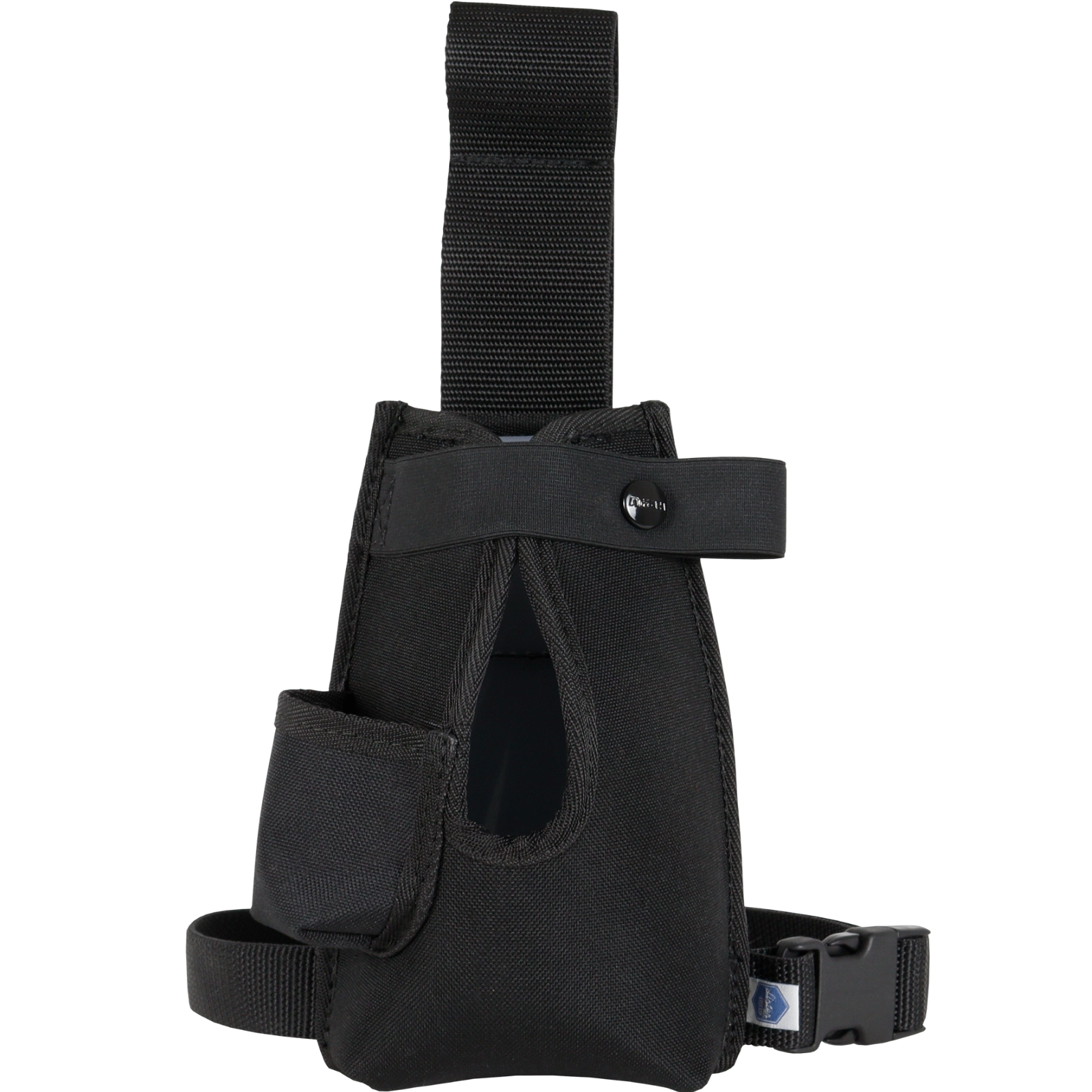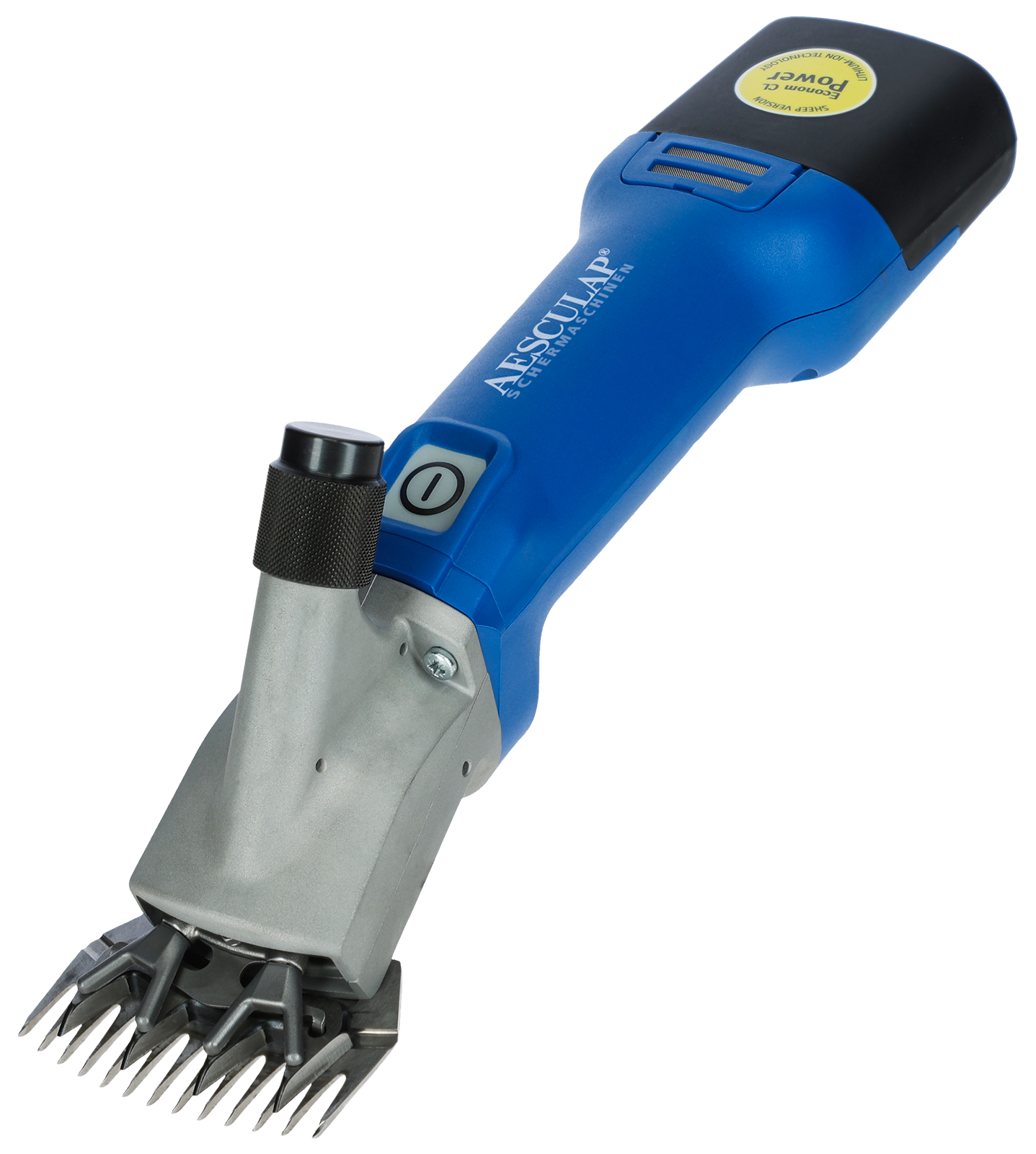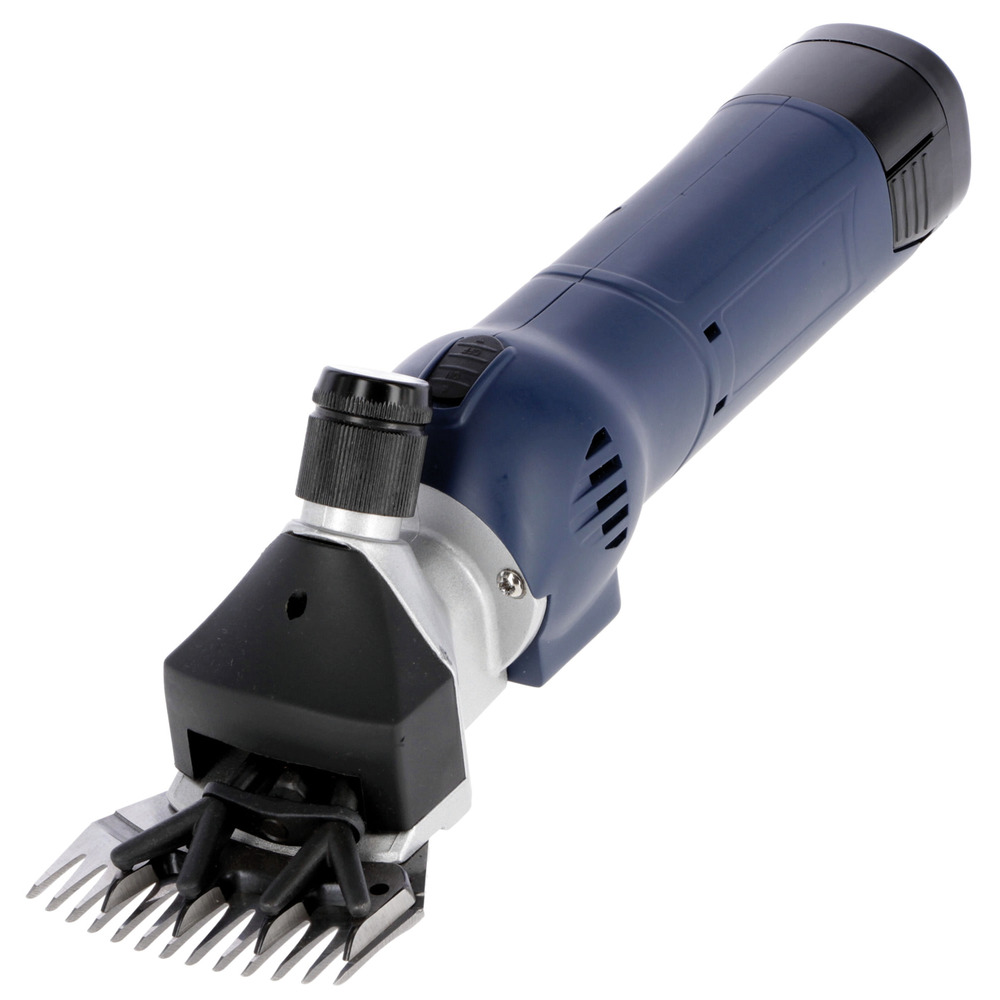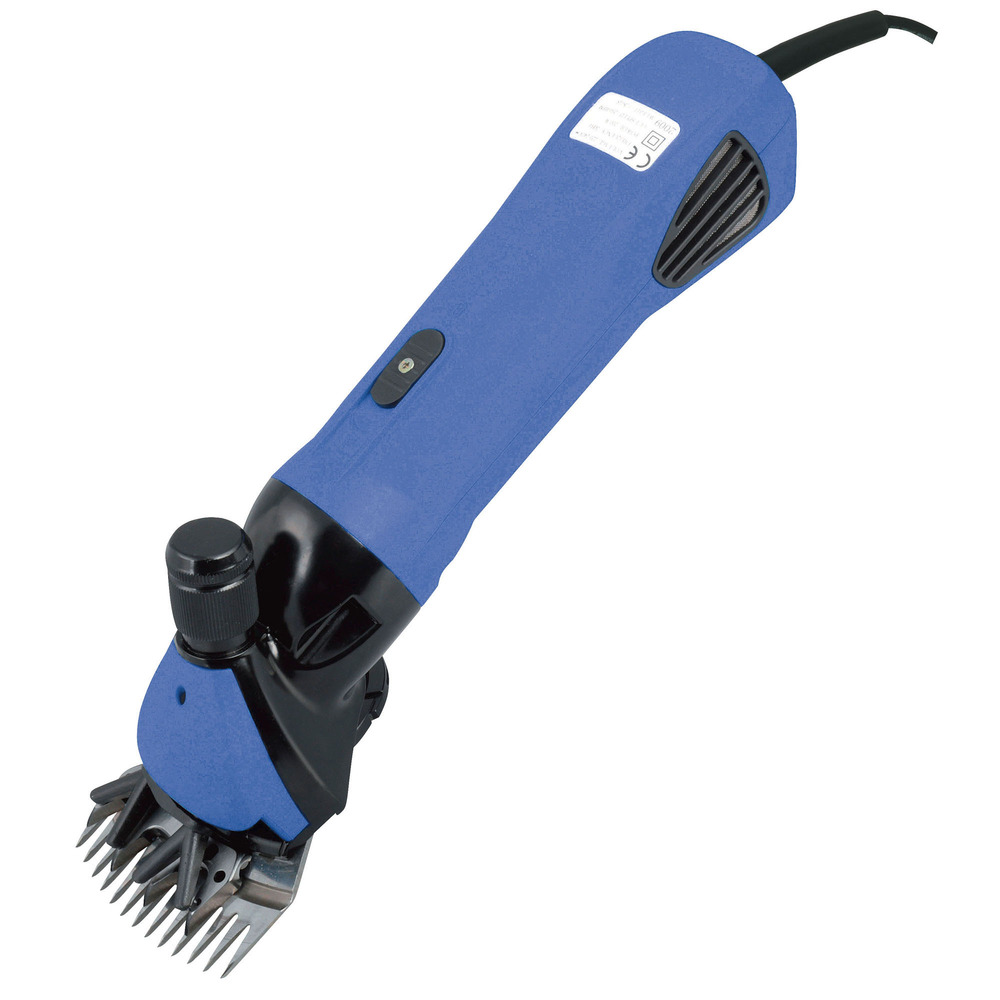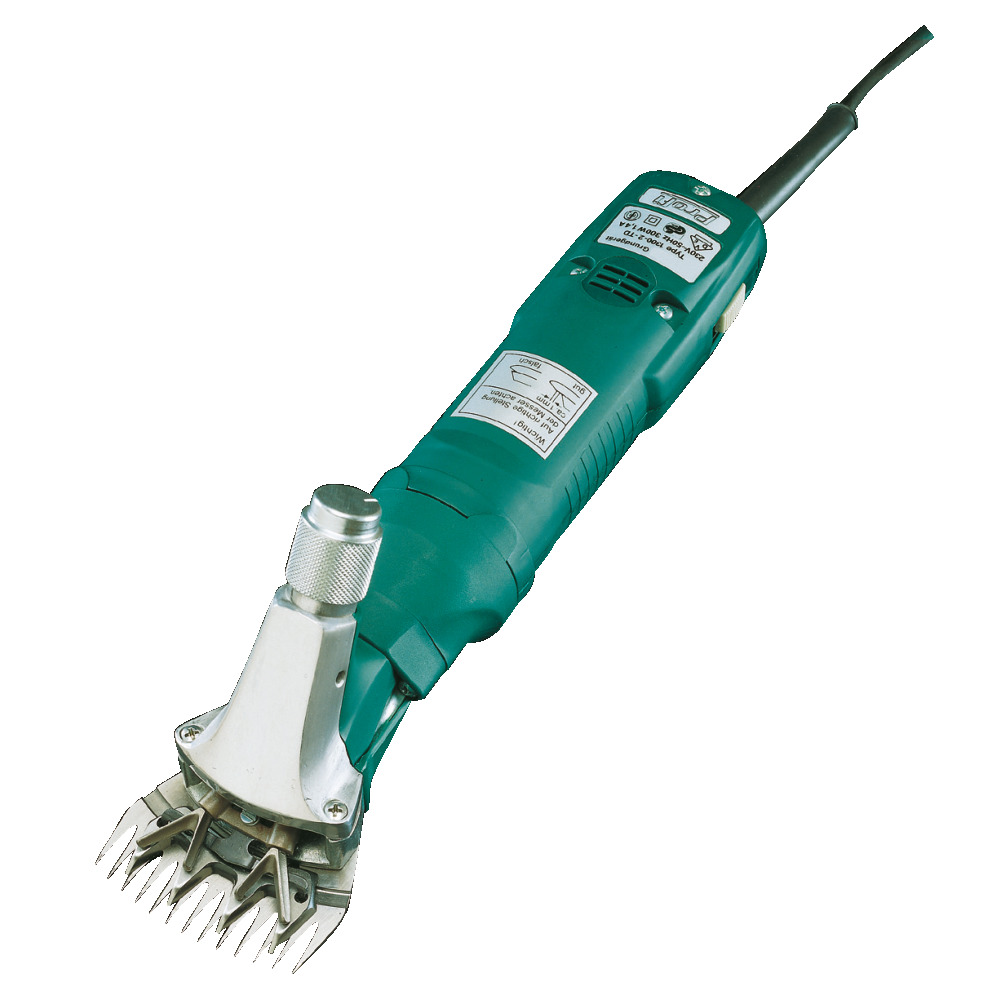24/07/2024
No half measures - Shearing sheep properly with FAIE
Removing sheep's wool makes both economic sense and is essential from an animal welfare perspective. There are a few important points to consider. All the benefits of a cozy layer of wool can also be a disadvantage for a sheep. If the wool is left unshorn for too long, it becomes matted, preventing air circulation and potentially leading to heat stress. Furthermore, the wool becomes increasingly unusable and difficult to sell or process.
The timing of shearing depends on the breed, farm, and husbandry system. It can be done either once a year between May and July, i.e., before the hot summer days, or twice a year in spring and autumn. It's important to ensure that the sheep's wool isn't too thick in midsummer or too thin in winter. Shearing before lambing is beneficial because the animals usually eat a little more (to keep warm), the young animals find the udder easier after birth, and hygiene conditions are also better due to the lack of wool.

During the shearing itself, it's important to remain calm! The animal should be as relaxed as possible, and stress should be avoided at all costs. Depending on your experience and preference, the animal can either lie on its back or be tied up short. The wool should be as clean and dry as possible. It's best not to feed the animal on the day of shearing – this is more comfortable for the animal, and you also avoid the risk of contaminating the wool lying on the floor during shearing.
Depending on your resources and training, choose between hiring a professional shearer or shearing your sheep yourself with a suitable shearing machine. It's important that the machine is powerful enough and well-maintained. The blades should be suited to the animal's wool and should be clean and well-oiled. Shearing blades tend to stick together easily, especially due to the lanolin in sheep's wool, so always maintain them properly to avoid unnecessary costs. If the blades are of good quality, they can be sharpened several times, eliminating the need to constantly buy new ones.
The standard shearing blades included with most sheep shearers are the best and easiest to use. For example, if a blade has many fine teeth, shearing becomes more laborious and the risk of injury increases, requiring considerable experience and skill. Be sure to choose the right blade for you; our expert advisors will help you. After shearing, clean the device, the air filter, and the blades, and store the sheep shearer in a dry place, protected from direct sunlight. If your device has a battery, make sure it's charged so you don't find a dead battery the next time you shear.
Click here to see our Sheep shearing machines! If you have any questions about the topic, simply fill in Contact form out of!


